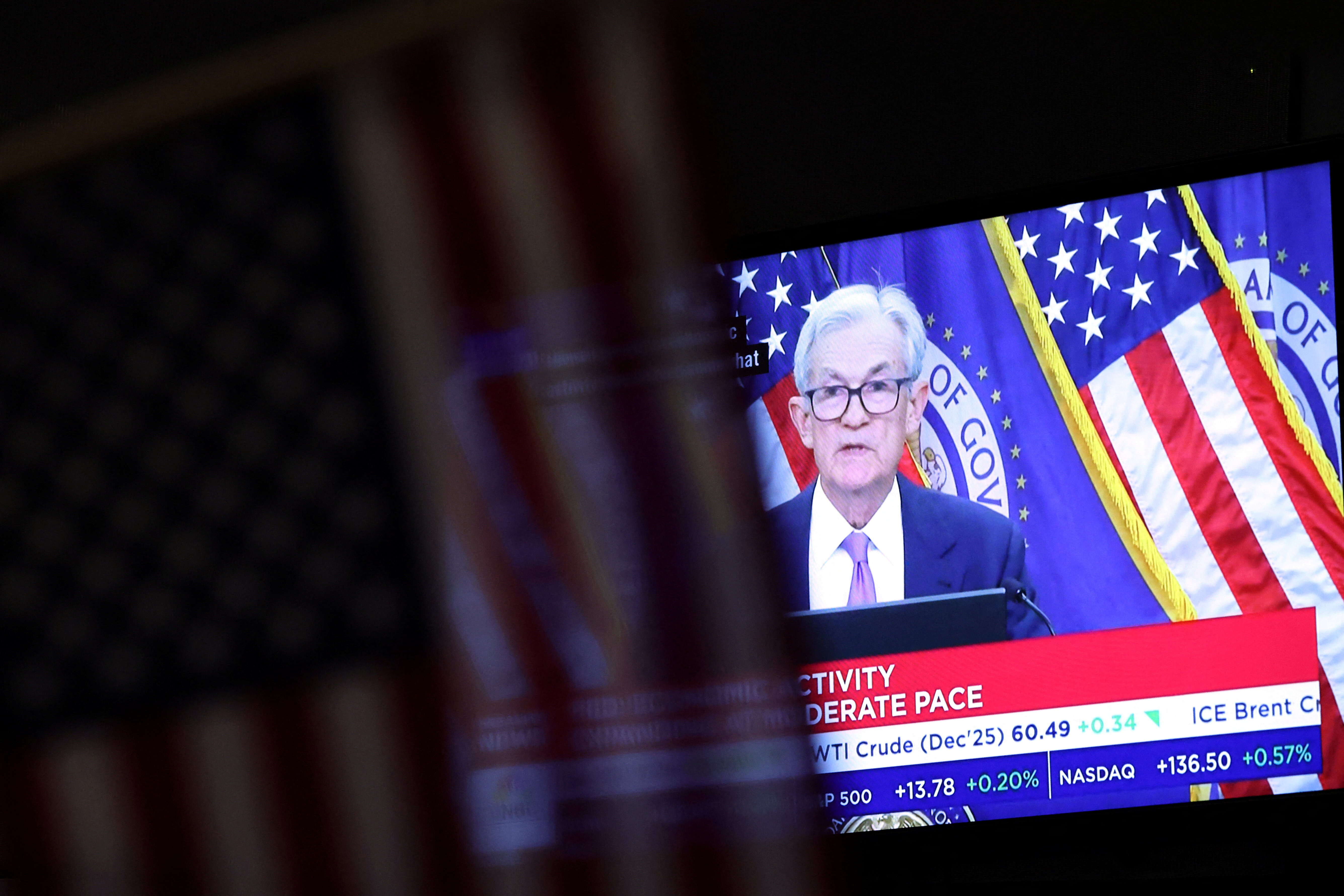Why is everyone talking about negative interest rates?

The European Central Bank has pushed a key interest rate well below zero Image: REUTERS/Kai Pfaffenbach
The European Central Bank has cut its main deposit rate to -0.4%.
Japan, Switzerland and numerous European countries have pushed their interest rates below zero.

In these countries it costs banks money to hold deposits with their central banks. Why?
Central banks are tasked with stabilizing their economies. They can do this two ways:
- By controlling interest rates, the rate at which they lend money to banks
- By controlling the amount of money in the economy

Global economic confidence has disappeared
Since the global financial crisis, economic growth has been extremely poor across the developed world, so central banks have been using both these methods to try to boost things.
Businesses and households stopped investing in the future. Central banks cut interest rates to zero, so that banks would be able to lend at reasonable rates, and economies could start growing again.

That was not enough
Central banks looked for new ways to rebuild confidence in their economies.
They started directly injecting money into the economy. They did this by taking assets on to their own balance sheets, and creating new money to pay for them.

'Quantitative easing'
This policy was designed to make it cheaper for businesses and households to consume and invest, and kick-start economic growth. It has had limited success: growth has not accelerated since interest rates were radically cut and quantitative easing began.

Central banks have gone even further
They cut interest rates to below zero in the hope that this will encourage banks to lend rather than hoard.
At the same time, quantitative easing is continuing. In Europe the central bank announced it was increasing asset purchases from €60 billion to €80 billion each month.
Demand across the developed world remains extremely weak, and many economists are worried that we are running out of options. This situation is unprecedented in economic history. Rates have not yet fallen so far that banks are passing them on to business or consumers. Many are wondering what will happen if they are pushed even lower.
Don't miss any update on this topic
Create a free account and access your personalized content collection with our latest publications and analyses.
License and Republishing
World Economic Forum articles may be republished in accordance with the Creative Commons Attribution-NonCommercial-NoDerivatives 4.0 International Public License, and in accordance with our Terms of Use.
The views expressed in this article are those of the author alone and not the World Economic Forum.
Stay up to date:
Financial and Monetary Systems
Related topics:
Forum Stories newsletter
Bringing you weekly curated insights and analysis on the global issues that matter.
More on Financial and Monetary SystemsSee all
Jaime Magyera
November 13, 2025






